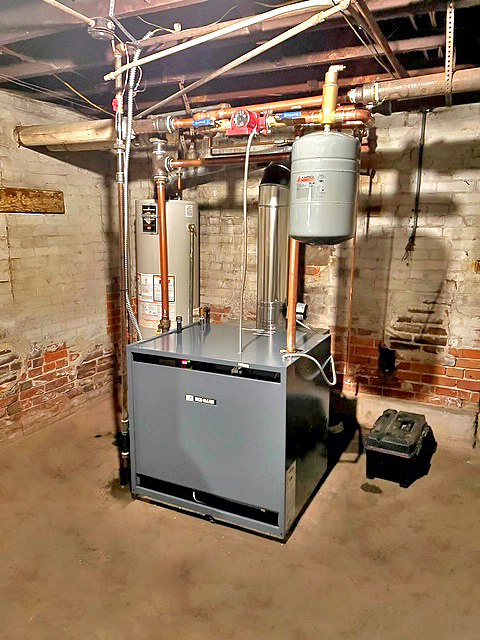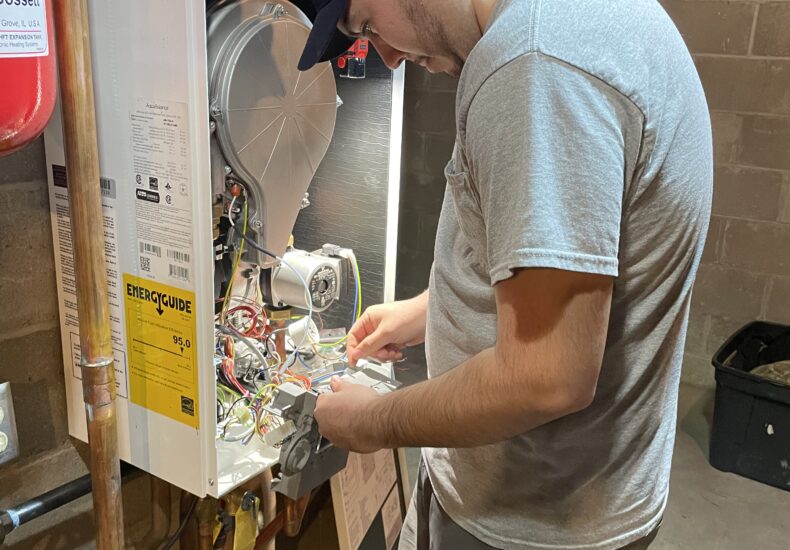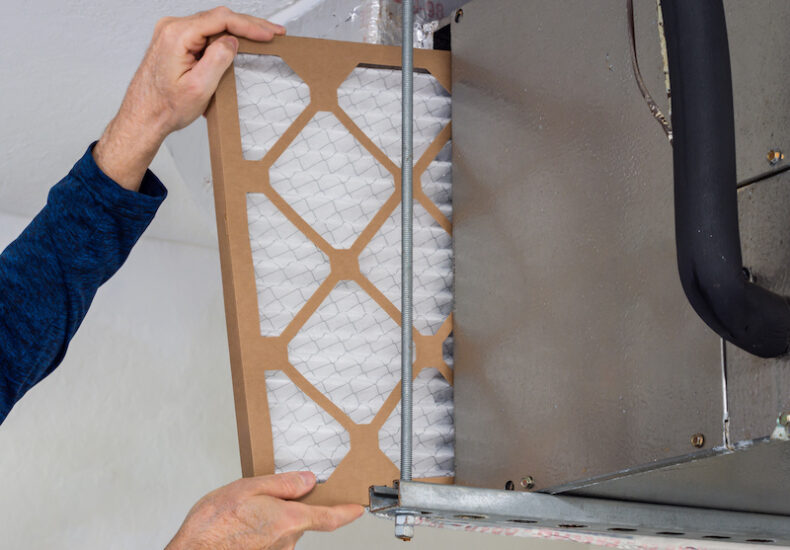
Did you know that your heating and cooling expenses account for over half of your home’s energy costs? Hence, the significance of an energy-efficient HVAC system can’t be overstated.
The furnace efficiency benchmarks set 2015 required an Annual Fuel Utilization Efficiency (AFUE) rating of 80%. This rating gauges the furnace’s ability to convert natural gas into warmth. An 80% AFUE means 20% of the fuel is wasted during heat generation.
2022 saw a significant shift when the Biden Administration introduced enhanced energy-efficiency standards for residential gas furnaces. These standards aim for:
- An estimated annual saving of $1.9 billion for Americans.
- A significant carbon reduction (373 million metric tons) and methane emissions (5.1 million tons) over three decades – equivalent to the yearly emissions of 61 million homes.
By 2029, the proposal suggests all new gas furnaces should possess an AFUE rating of 95%, pushing furnaces closer to complete fuel-to-heat conversion.
Wondering about your existing furnace? For now, it’s unaffected since these rules, once in effect by 2029, won’t impact already installed units.
If you’re looking into a replacement in the near future, there are advanced energy-efficient furnaces on the market. Discover how they can help reduce your energy expenses.
Guide to Condensing Furnaces:
- Functionality: Condensing furnaces feature a secondary heat exchanger harnessing heat from exhaust gases. This reduces energy waste, heightened efficiency, and reduces CO2 emissions.
- Comparison: The critical distinction between condensing and non-condensing furnaces is the presence of the secondary heat exchanger in the former.
- Lifespan: With regular care, condensing furnaces generally serve 10-20 years. Maintenance lapses could reduce this.
- Investment Insights: These furnaces usually cost more, but their efficiency can lead to tangible savings on utility bills.
Guide to Two-Stage Furnaces:
- Basics: A two-stage furnace employs dual operational stages: high and low. The lower stage ensures efficient temperature maintenance, while the high stage addresses greater heating needs, ensuring energy efficiency and consistent home temperatures.
- Operational Mode: They don’t run constantly but adjust their operational stage based on the heating demand.
- Distinguishing Features: Variable-speed furnaces adjust their speed for precise temperature maintenance, whereas two-stage furnaces have two defined operational stages. On the other hand, one-stage furnaces operate on a simple on/off mechanism.
Work with Doug’s HeatinContactg & Air for all your furnace needs. The evolving landscape of furnace technology can be intricate, but our team is at your service to simplify your decisions. We provide free, unbiased furnace installation estimates. We’ll guide you to the best solution after understanding your home, heating requirements, and budget. Reach out to Doug’s Heating & Air to initiate the process today!


